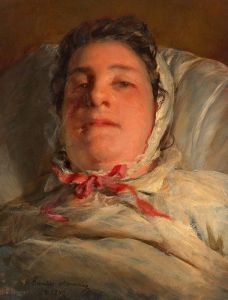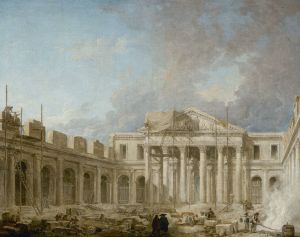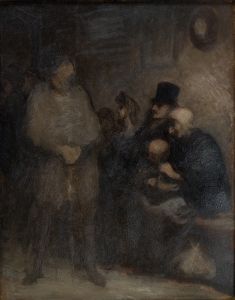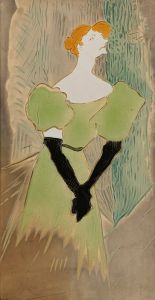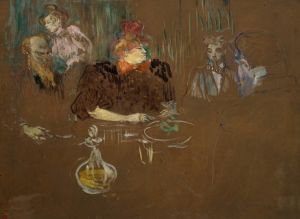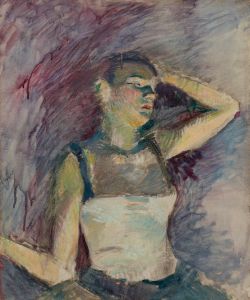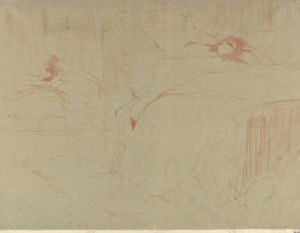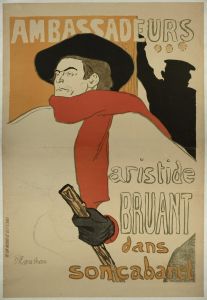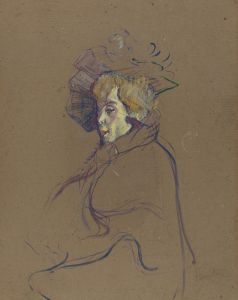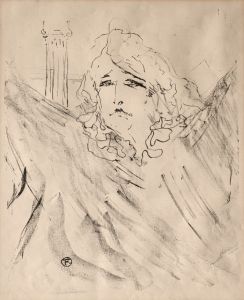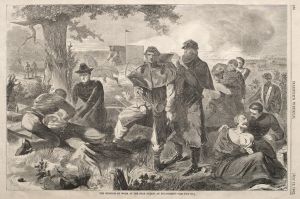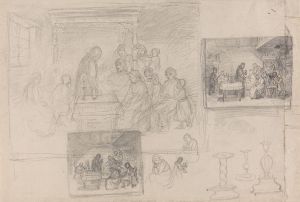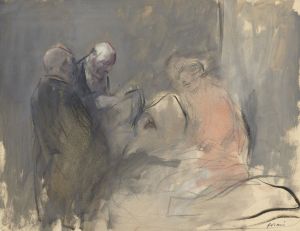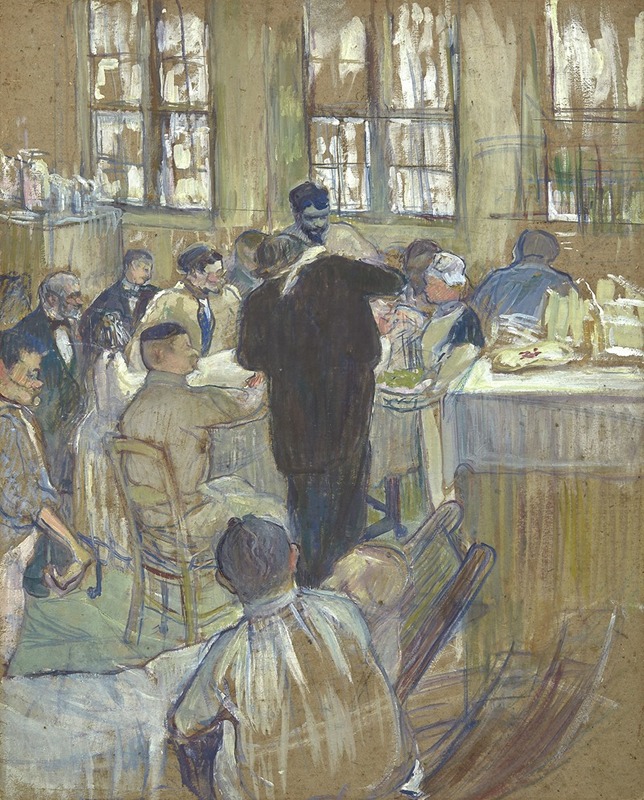
Une opération par le Docteur Péan à l’Hôpital International
A hand-painted replica of Henri de Toulouse-Lautrec’s masterpiece Une opération par le Docteur Péan à l’Hôpital International, meticulously crafted by professional artists to capture the true essence of the original. Each piece is created with museum-quality canvas and rare mineral pigments, carefully painted by experienced artists with delicate brushstrokes and rich, layered colors to perfectly recreate the texture of the original artwork. Unlike machine-printed reproductions, this hand-painted version brings the painting to life, infused with the artist’s emotions and skill in every stroke. Whether for personal collection or home decoration, it instantly elevates the artistic atmosphere of any space.
Henri de Toulouse-Lautrec, a prominent French painter known for his vivid portrayal of Parisian life in the late 19th century, created the painting "Une opération par le Docteur Péan à l’Hôpital International" in 1891. This work captures a surgical scene, a subject that was relatively uncommon in the art of that period, reflecting Toulouse-Lautrec's interest in the human condition and the advancements in medical science.
The painting depicts Dr. Jules-Émile Péan, a renowned French surgeon, performing an operation at the Hôpital International in Paris. Dr. Péan was known for his innovative techniques and contributions to the field of surgery, particularly in the development of surgical instruments and procedures. Toulouse-Lautrec's choice to portray a surgical operation highlights the intersection of art and science during the late 19th century, a time when medical practices were becoming more advanced and public interest in medical progress was growing.
In "Une opération par le Docteur Péan à l’Hôpital International," Toulouse-Lautrec employs his characteristic style, using bold lines and a limited color palette to focus the viewer's attention on the central figures and the dramatic intensity of the scene. The painting captures the concentration and precision required in surgery, with Dr. Péan and his assistants depicted in the midst of a complex procedure. The composition is carefully arranged to draw the viewer's eye to the surgeon's hands, emphasizing the skill and dexterity involved in the operation.
Toulouse-Lautrec's work is often associated with the vibrant nightlife of Paris, particularly the cabarets and dance halls of Montmartre. However, this painting demonstrates his versatility and ability to capture a wide range of human experiences. By choosing to depict a medical scene, Toulouse-Lautrec not only showcases his technical skill as an artist but also provides a glimpse into the world of medicine at the time, offering viewers an opportunity to reflect on the progress and challenges of medical science.
The painting is also notable for its historical context. During the late 19th century, the field of surgery was undergoing significant changes, with the introduction of antiseptic techniques and anesthesia transforming surgical practices. Toulouse-Lautrec's depiction of Dr. Péan's operation serves as a visual record of these advancements and the evolving role of the surgeon in society.
"Une opération par le Docteur Péan à l’Hôpital International" is part of a broader body of work by Toulouse-Lautrec that explores various aspects of contemporary life. While the painting may not be as widely recognized as some of his other works, it remains an important piece that reflects the artist's keen observation and interest in the world around him. Through this painting, Toulouse-Lautrec not only captures a moment in medical history but also invites viewers to consider the broader implications of scientific progress and its impact on society.





